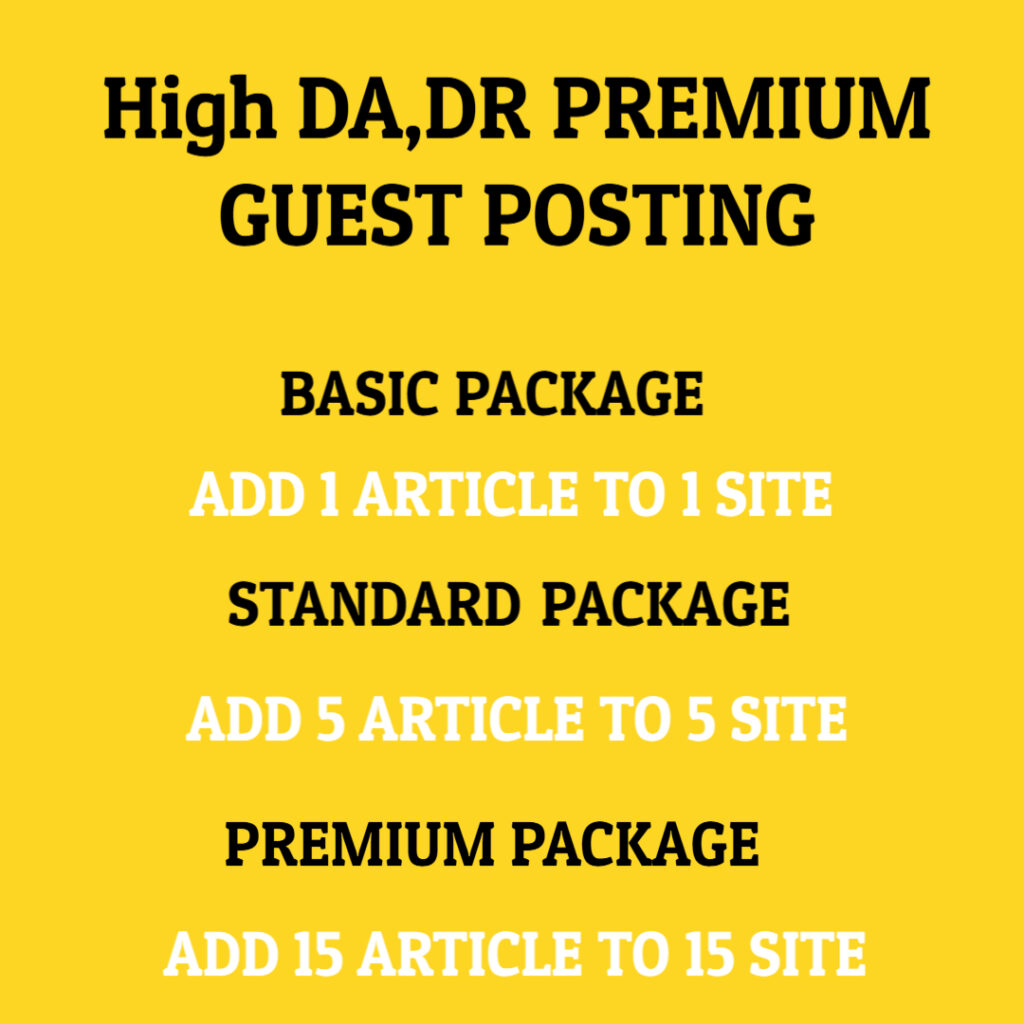As businesses expand across multiple locations, maintaining consistency in operations, safety standards, and regulatory compliance becomes increasingly challenging. For national chains, franchises, and large enterprises, ensuring that every branch aligns with corporate protocols is critical—not just for brand image, but also for liability management and operational efficiency. One of the most vital tools in achieving this consistency is an organized, technology-driven approach to inspection scheduling.
When an organization operates in dozens or even hundreds of locations, manual coordination of field inspections becomes unsustainable. Traditional methods like spreadsheets, phone calls, or locally managed calendars lead to data silos, duplicated efforts, and missed tasks. Even a small oversight in scheduling can result in failed audits, safety violations, or compliance penalties—none of which are acceptable for companies operating at scale.
This is why more enterprise-level businesses are investing in automated solutions to coordinate, assign, and monitor inspections. These systems help centralize oversight while giving local teams the autonomy to execute tasks according to specific protocols. The result is a streamlined, scalable process that supports compliance without sacrificing flexibility.
A centralized platform allows inspection managers to set standardized checklists, deadlines, and requirements across all locations. Local teams can access these tasks via mobile devices, ensuring they know exactly what needs to be inspected, how it should be done, and when results must be submitted. For time-sensitive inspections—such as fire safety, food hygiene, or security audits—this kind of clarity is essential.
At the same time, automation helps reduce the administrative burden of managing recurring inspections. When inspections must be performed weekly, monthly, or quarterly across hundreds of sites, manually tracking each instance becomes nearly impossible. That’s where intelligent scheduling systems come into play.
Modern inspection scheduling software offers enterprise-grade features that adapt to the complexity of national operations. These include rule-based scheduling (e.g., “schedule inspection 15 days after site opens”), geolocation-based assignments, escalation workflows for missed tasks, and even predictive analytics that identify when inspections are likely to fail based on historical data.
What sets high-quality platforms apart is their ability to deliver both control and insight. Corporate teams gain a real-time view of inspection progress across the country, enabling them to identify trends, flag non-compliance, and offer support where needed. Heat maps, completion dashboards, and inspector performance metrics turn raw scheduling data into actionable intelligence.
These tools also allow better coordination between departments. For example, when a facilities team completes a site repair, the operations team can be automatically notified to schedule a follow-up inspection. This prevents breakdowns in communication that often occur when multiple teams are involved in sequential processes.
Another major benefit is documentation. Every inspection generates digital records, photos, timestamps, and sometimes GPS data—all of which are stored in the system. If a legal issue arises or an external audit is conducted, companies have instant access to comprehensive, verifiable records of all past inspections.
Scalability is key in fast-growing enterprises. As new locations open, templates and protocols can be cloned instantly, ensuring that each site starts with the same foundation. At the same time, the software can accommodate regional variations in laws or industry standards, allowing customization where needed without losing control over the bigger picture.
One often overlooked advantage of automation is employee empowerment. When staff members know what to inspect and when, and can report findings through easy-to-use mobile tools, they feel more engaged and responsible. This fosters a culture of accountability and reduces the perception that inspections are simply bureaucratic checklists.
Additionally, having a well-documented inspection schedule boosts a company’s reputation. Regulatory bodies, investors, and customers all take confidence from knowing a business proactively monitors itself. Regular inspections ensure that issues are addressed before they escalate, leading to fewer crises and better long-term stability.
In the context of mergers or acquisitions, detailed inspection histories can even serve as proof of operational soundness, supporting higher valuations and smoother transitions. Compliance is no longer just a cost center—it’s a strategic asset.
In conclusion, for organizations managing inspections at scale, digital transformation is not optional. By adopting intelligent inspection scheduling software, companies move beyond chaos and into a system of predictable, transparent, and efficient operations. Whether managing food safety in a national restaurant chain or OSHA compliance in manufacturing facilities, the ability to schedule and verify inspections at scale is a defining factor of operational excellence.


